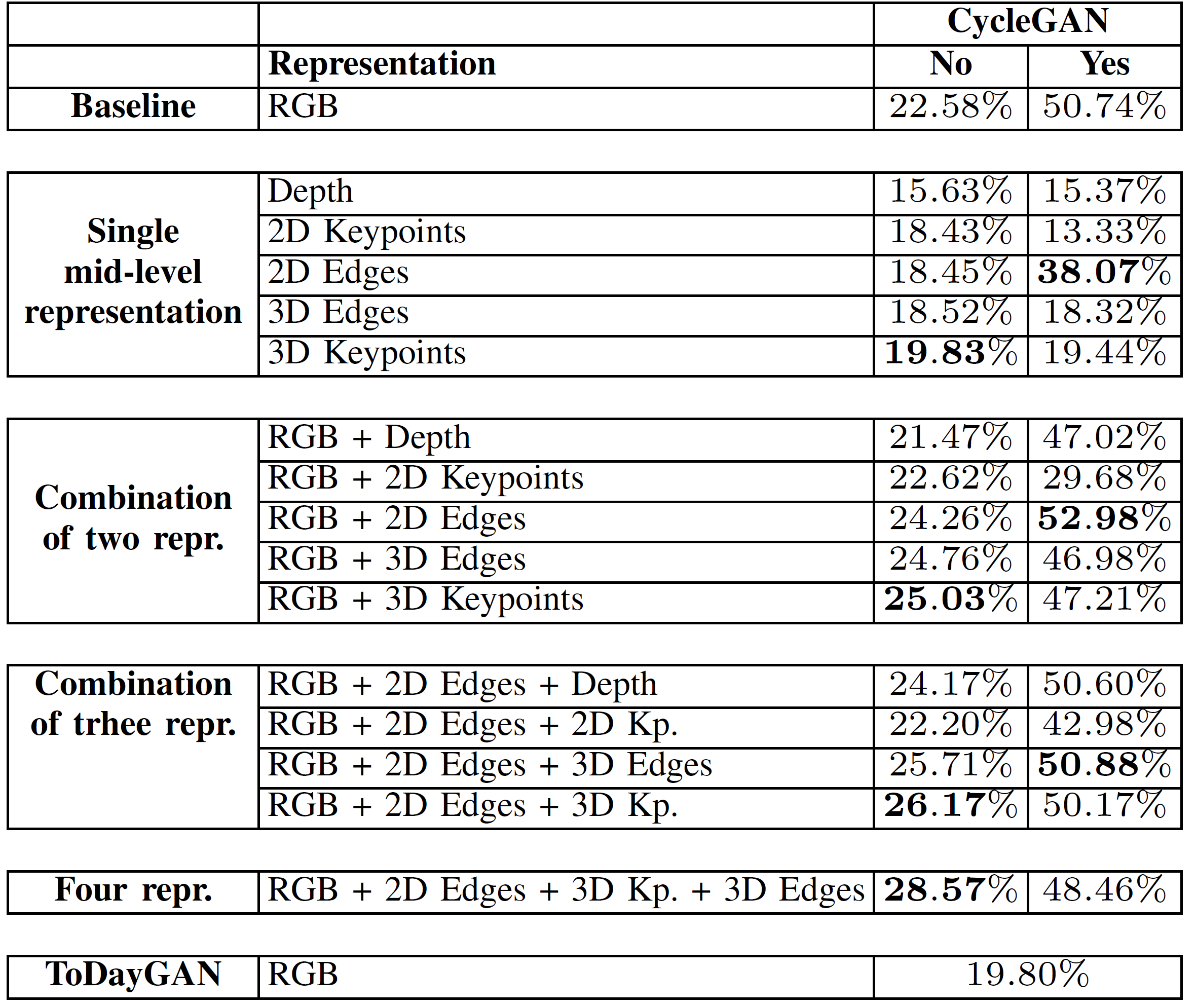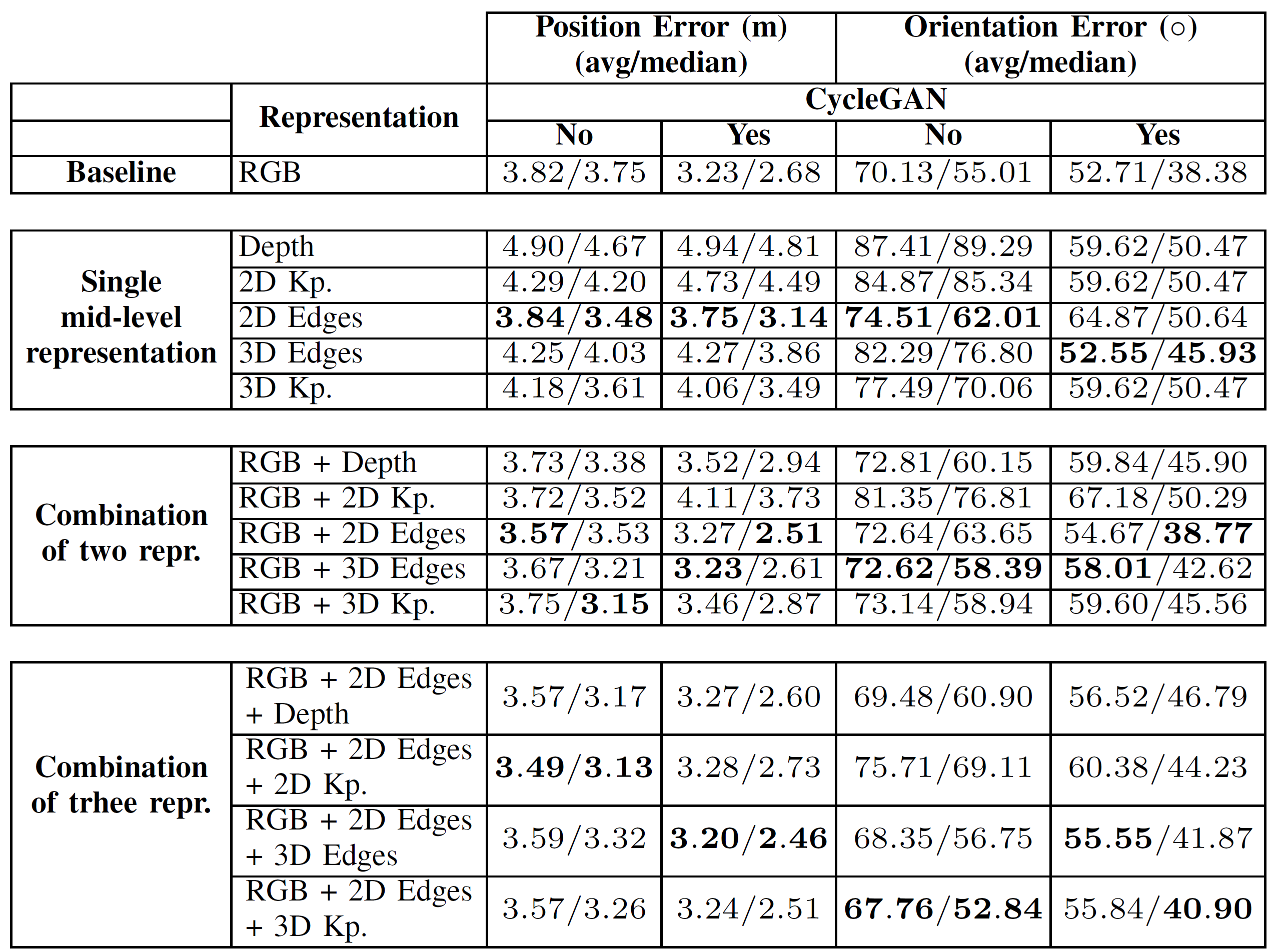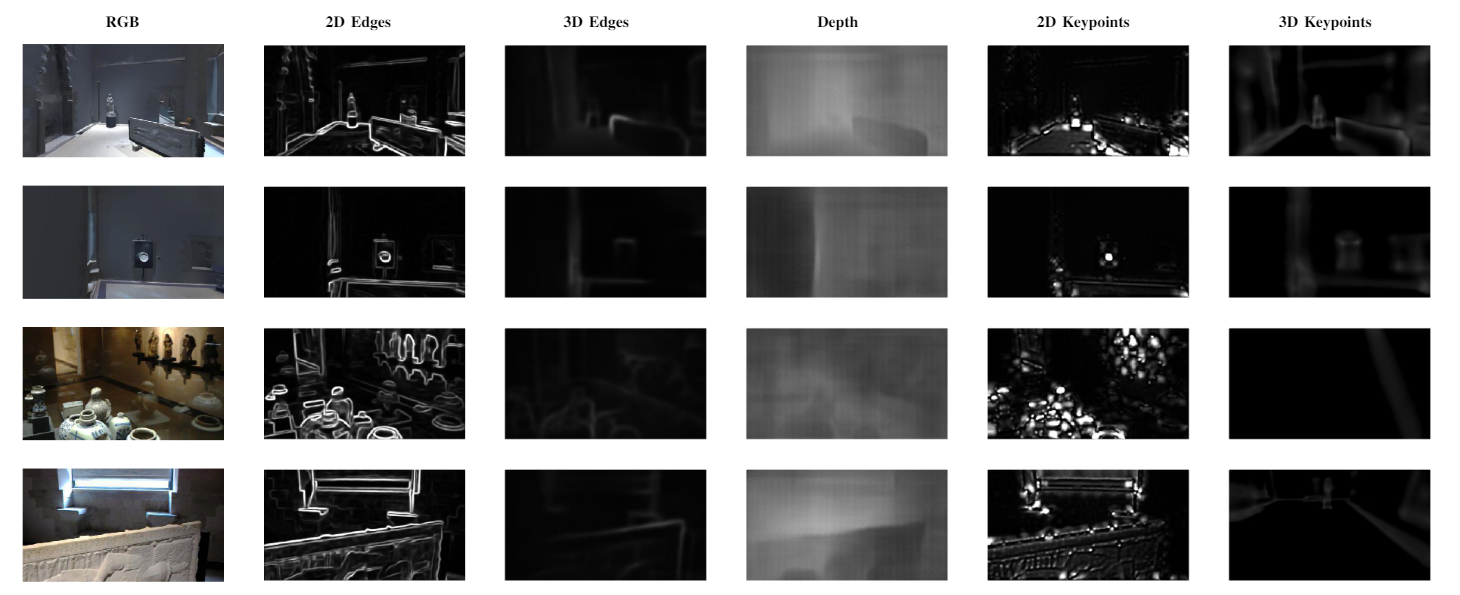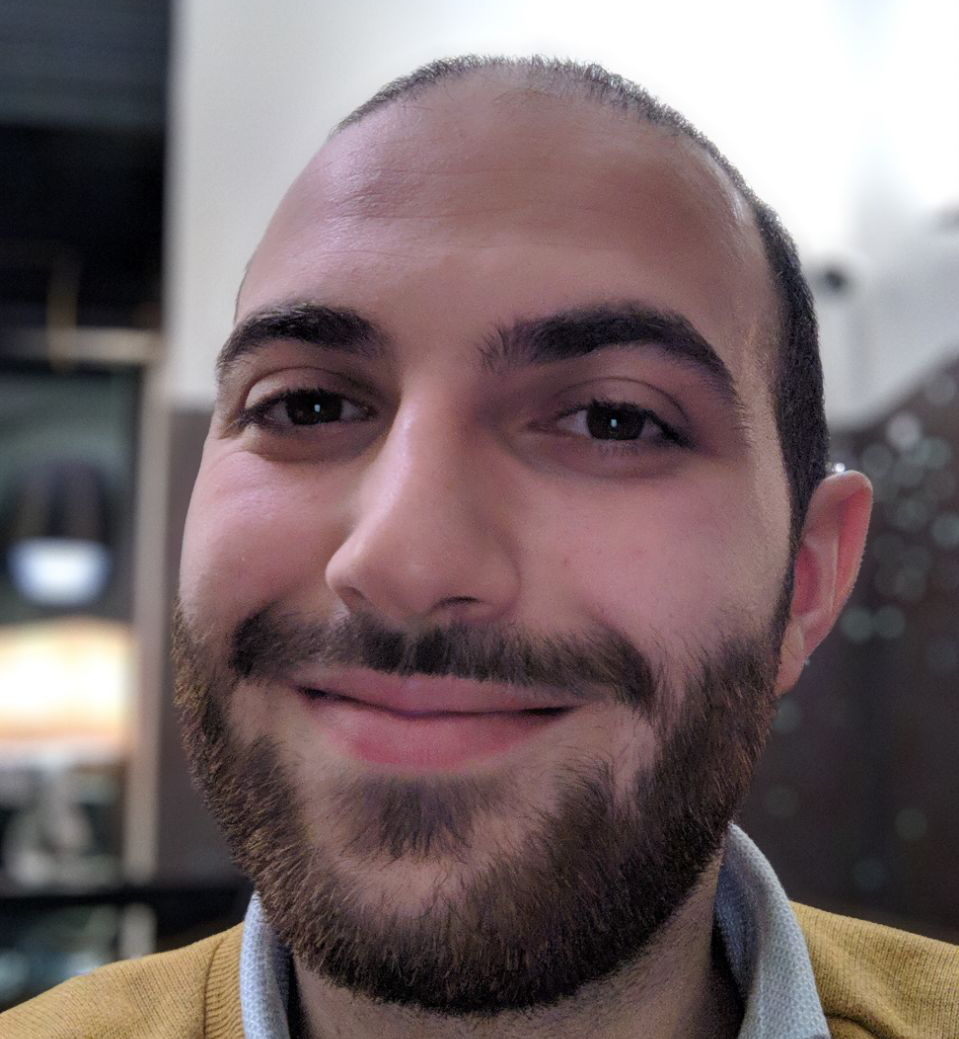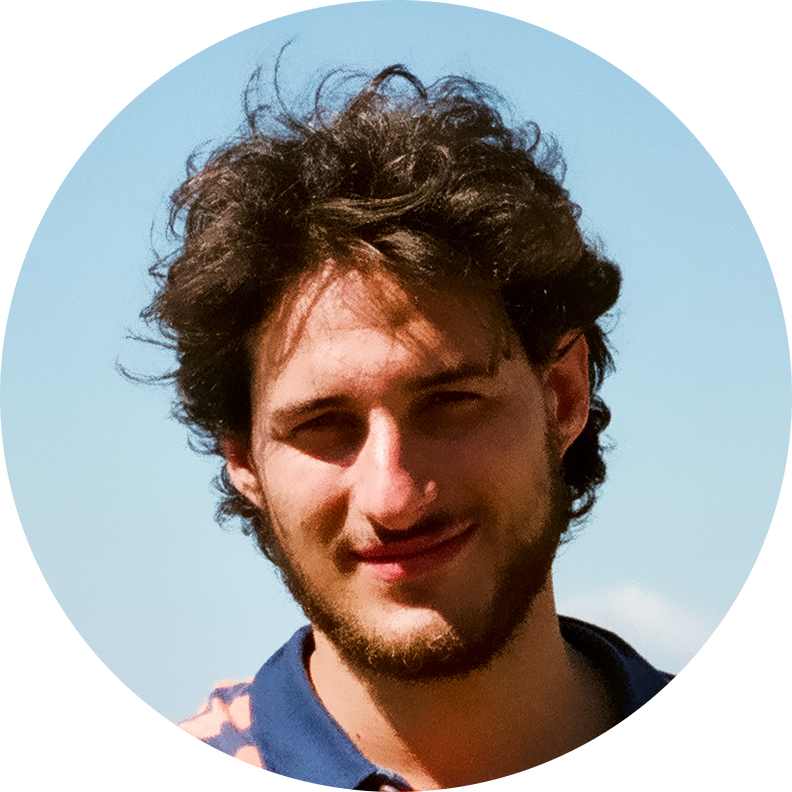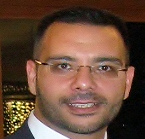Method
We propose a dataset to study virtual to real unpaired domain adaptation for image-based
localization problem in cultural sites. The proposed strategies for domain adaptation are the following:
- Using mid-level representation and conbining information with RGB images;
- Performing image-to-image translation with CycleGAN and ToDay;
- Combining these methods together to further outperform the results.
We propose to use two dataset from 3D model of a real cultural heritage and use this data as source virtual domain. We also
propose to use subset of EGO-CH dataset as target real domain. Thee performed experiments aim to solve context aware and 3DoF
localization in indoor environment.
Image-Based localization approach consists of an image retrieval pipeline that feed a Triplet Network with Inception V3 backbone
to learn useful representation for indoor localization task.
We trained our network for each representation (2D/3D edges, 2D/3D keypoints and Depth (i.e., Euclidean Distance)) extracted with pretrained model
of
Taskonomy.
At inference time we used 1-nearest Neighbor search to assign a 3DoF label and context for each query image of real domain, using like
search space images from virtual domain.
To label EGO-CH dataset with 3DOF camera pose we run
COLMAP for a subset of
the 11 context of Palazzo Bellomo. The subset includes the contexts Sala 5, Sala 7, Sala 9 and Sala 13. COLMAP 3D reconstrucions
returns 932 labeled images, that has been geo-registered with the 3D model of the virtual Bellomo dataset.

Fig. 2: Illustration of proposed pipeline for domain adaptation.
